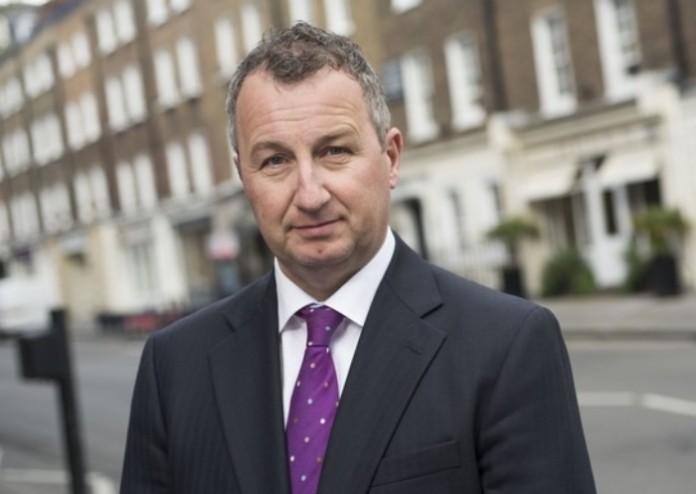The Government has clarified that the changes in business rates it proposes are targeted at small and medium sized retail businesses, particularly those with a Rateable Value (RV) of between £15,000 per annum and £51,000 per annum, which previously did not receive reliefs on their business rates. By “retail”, the Chancellor is including pubs, cafes, petrol stations etc. in its definition. Such businesses with a RV of £51,000 or less will see their bills cut by a third.
This is all very good, but as John Webber, Head of Business Rates at Colliers points out:
- This does nothing to help the big retailers who have been hammered by the 2017 Revaluation, both in terms of massive business rates rises in some areas and the overpayment of rate bills in other areas, where, due to downward phasing, many rate bills have been kept artificially high. The lack of support for the likes of Debenhams, House of Fraser, Homebase shows a total misunderstanding of what is at issue in the high street and could very well lead to more high street closures and job losses.
- The measures only apply to those with a limited number of properties. Any occupier with multiple properties would soon reach State Aid levels and not be able to claim full reliefs. The Government has re-iterated its commitment to maintaining State Aid restrictions, whether or not we have a hard Brexit. These restrictions limit any company from receiving more than Euro 200,000 Government relief over three years (approximately Euro 66,000 a year). So if you were a pub owner for example with say 10 properties, you may be limited on what reliefs you can claim, whatever the Budget implies.
- The Chancellor has removed the £1,000 a year pub relief that many operators relied on including pubs with an RV of up to £100,000 a year. So again, if you are a pub with an RV above £51,000 you could very well be worse off from these measures.
- Colliers has analysed the Government’s figures and has calculated that if the cost of these measures is £900 million over two years, as announced, then the reliefs will affect 100,000 properties not the 500,000 as has been suggested. Given about 60% of these 100,000 properties are not pure retail (following the Government’s definition), that means they will impact on around 40,000 retail units out of 1.9 million rateable properties in the UK. This will not have a major impact on the high street as suggested.
“A lot of retail businesses will be looking at what reliefs they have already received and seeing if they will actually be better off from these measures, particularly in the pub trade. The Chancellor has targeted help at the smaller and medium sized businesses, but it is not just in one direction and is not as far reaching as has been implied. Most of the High Street remains at the mercy of escalating business rates- the failure to address this issue will just mean the carnage on the high street will continue.“



















